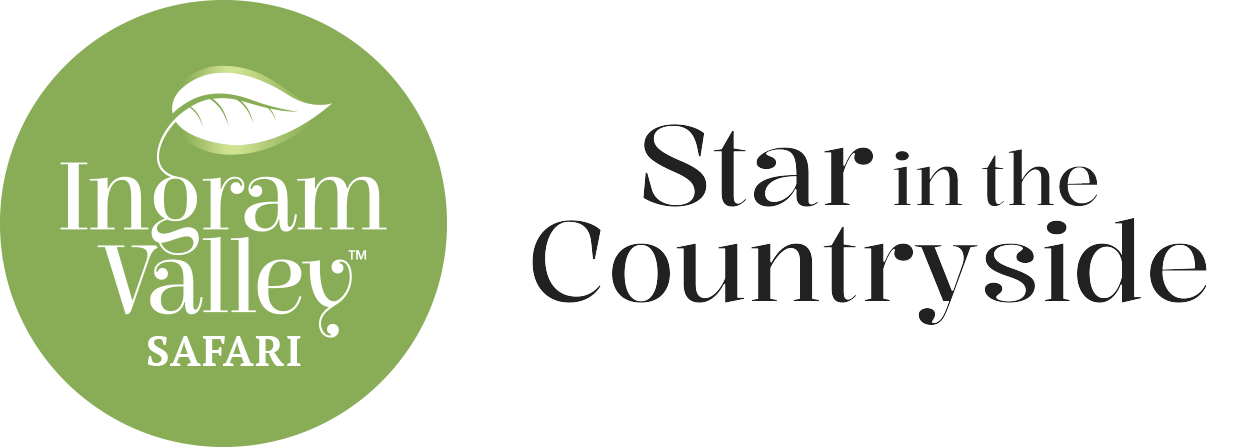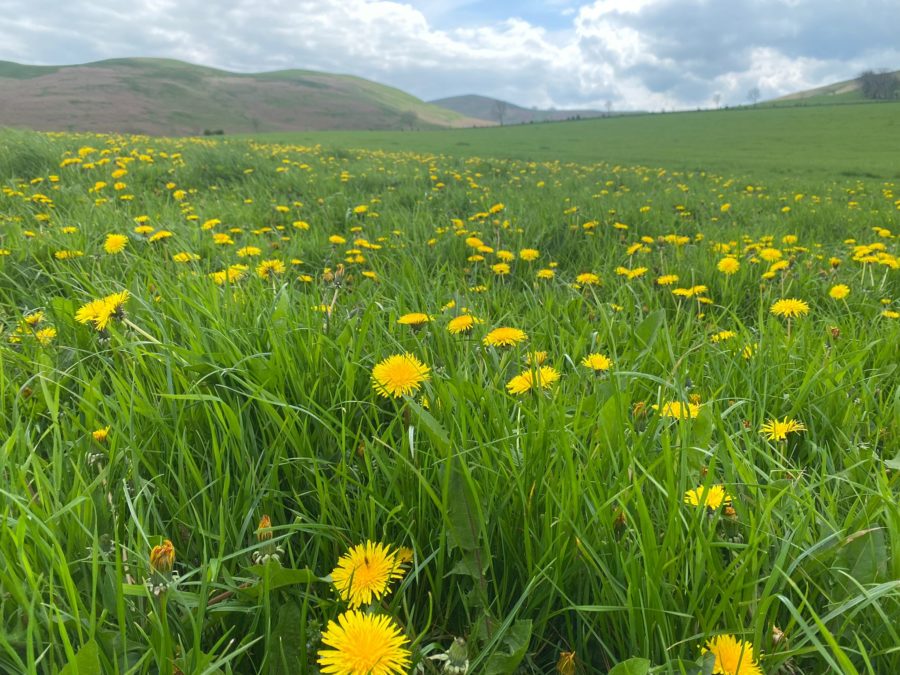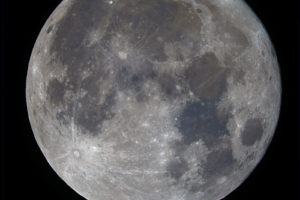Northumbria is home to a plethora of wildflower species. They start growing in early spring and usually last until summer, blanketing the green farmland with gorgeous colour. See how many you can spot on your Ingram Valley Safari…
The blossom has come and gone, only gracing us with its presence on the farm for a short while. However, the farm is still full of an array of gorgeous flower species that you’ll likely come across on your Ingram Valley Safari. Popular flower species in Northumberland include Fen Violets, Harebells and Cowslips. These species all grow from the ground, and can mainly be spotted in wetland habitats, woodland, meadows or near the coast.
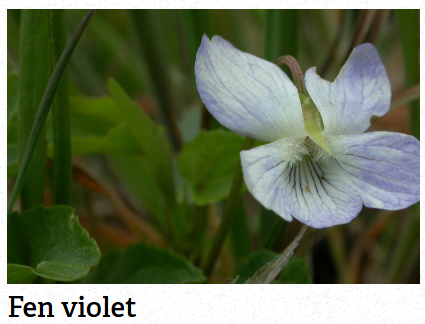
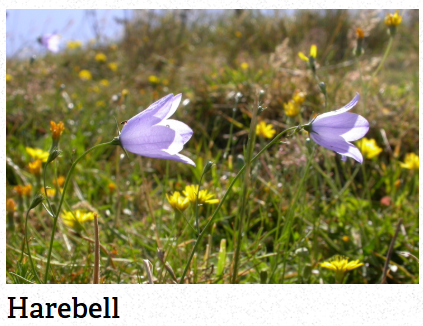
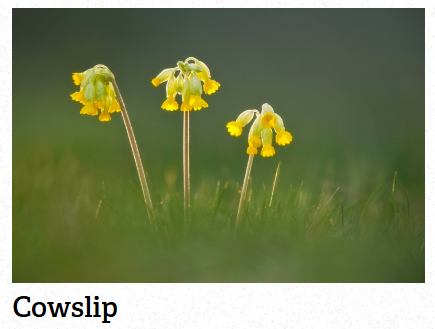
On our farm, wildflowers can be spotted all around. From the common yet gorgeous bluebells, with their intricate purple cups, to the bright violets and red campions, Ingram Valley is home to many types of flora. You’ll likely spot many different varieties on your Ingram Valley Safari.
Wildflowers are essential to the health and sustainability of the countryside. According to WWF, wildflower meadows are key sites of biodiversity. A single meadow can hold up to 100 different types of flowers, all of which support the life within the meadow. For example, the wildflowers provide food for various types of insects, which then act as food for larger mammals or birds. Similarly, wildflowers provide pollen for bees. These bees then pollinate other meadows or crops, helping a new generation of wildflowers to grow. The bees also pollinate our fruit and veg, so without them we’d have to rely on the artificial insemination of pollen into our crops. That’s just a few ways that wildflowers help sustain farmland!
“On a single day in summer, one acre of wildflower meadow can contain 3 million flowers, producing 1 kg of nectar sugar. That’s enough to support nearly 96,000 honey bees per day.“
– WWF
Other benefits of wildflowers include their ability to help prevent flooding due to their ‘complex root systems‘, which absorb lots of water. They are also proven to help fight certain diseases, containing ‘healing properties.’ On top of all of this, wildflowers and plants in general help fight against climate change and rising CO2 levels. Unfortunately, climate change is a leading cause of their decline.
On our Sarafis, we celebrate Wildflower Wednesdays. This aims to highlight the several species of wildflowers that we are lucky enough to have on our farm. You can turn your Safari experience into a fun game by counting all the different types of flowers you encounter!
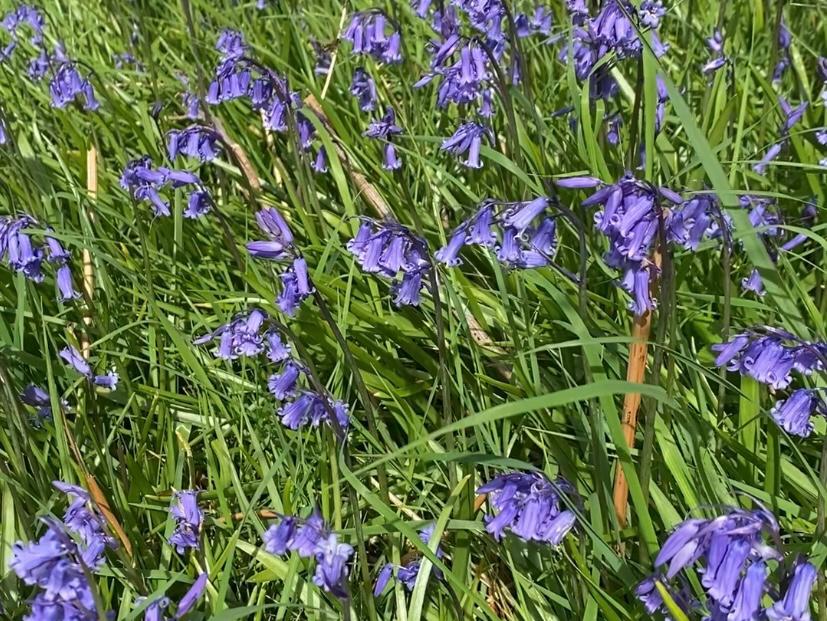
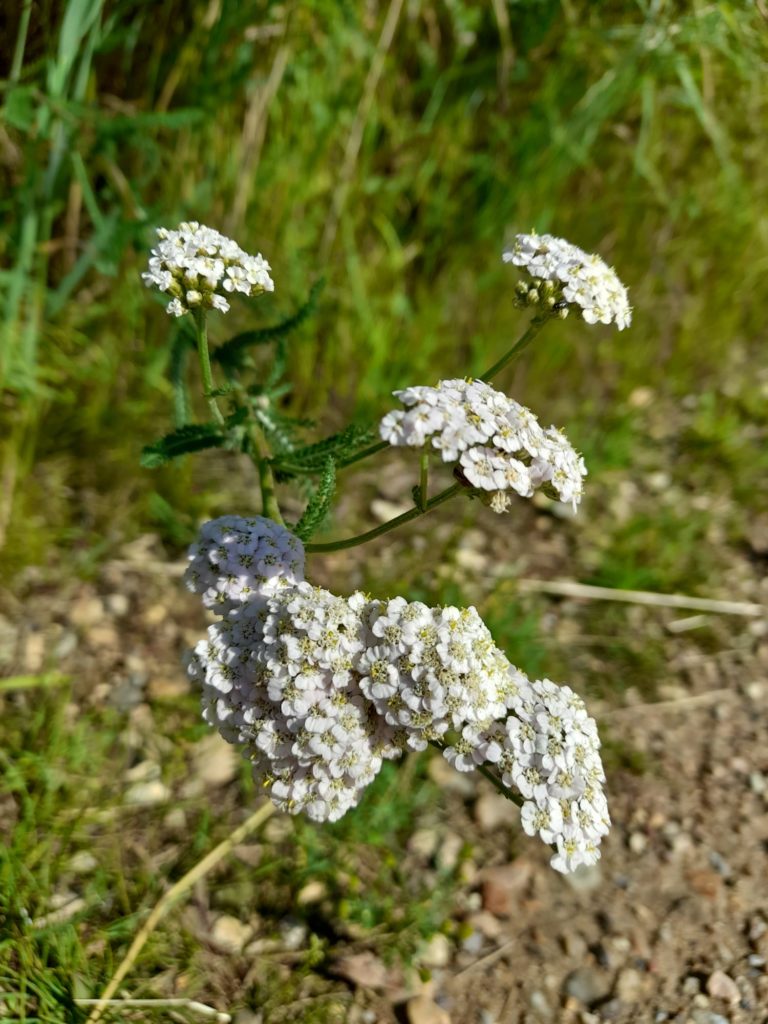
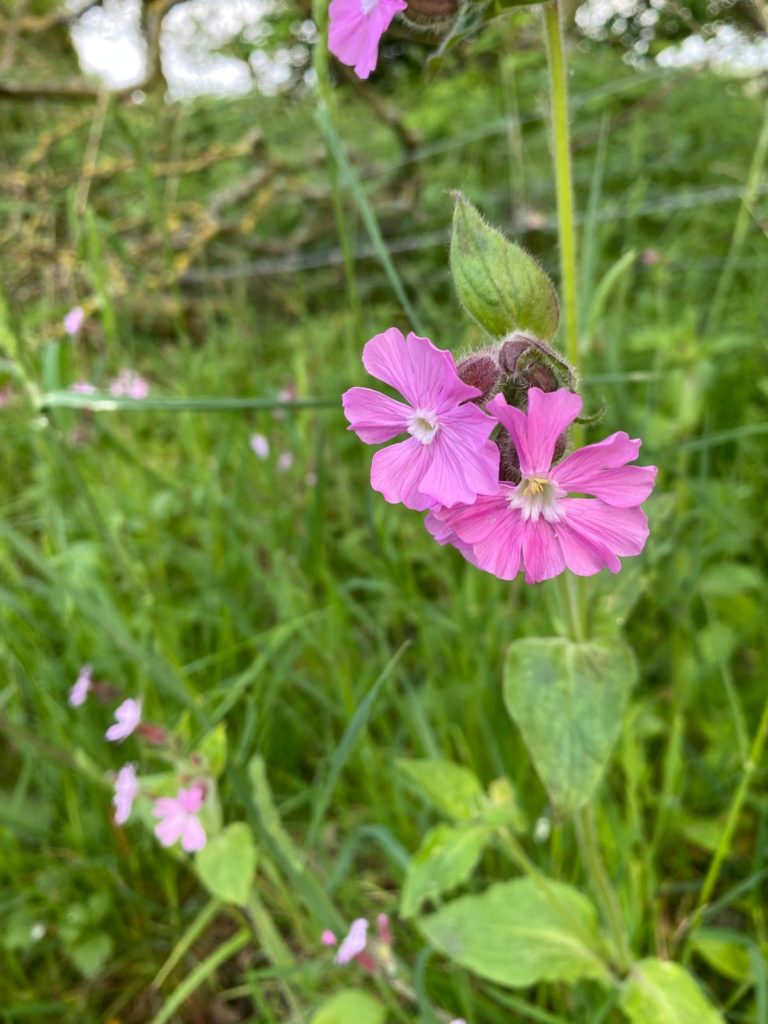
Wildflowers are most notable on the farm during April and May. In May, the Mayflower blossoms on the Hawthorne trees. The Mayflower is often associated with the annual May Day celebrations on the 1st of May. Historically, May Day was associated with fertility and prosperity, celebrated in villages all across the UK. May Day traditions still stand firm in many Northern villages, with Maypoles erected in the middle of village greens, and children dancing around them with ribbons.
Additionally, the 25th of May 2025 is Northumberland Day. This last Sunday in May celebrates Northumberland’s rich history and unique landscapes. Celebrations are held within communities, with many events and activities taking place. Northumberland Day is the perfect opportunity for us to showcase our gorgeous and historic farmland, with our unique wildlife and stunning wildflowers. Book your Ingram Valley Safari today to celebrate Northumberland Day in the heart of the Northumberland countryside!
